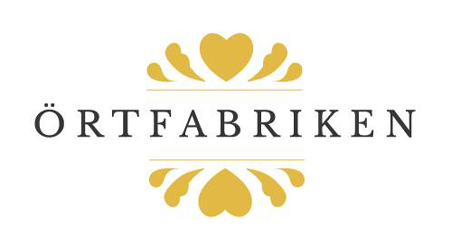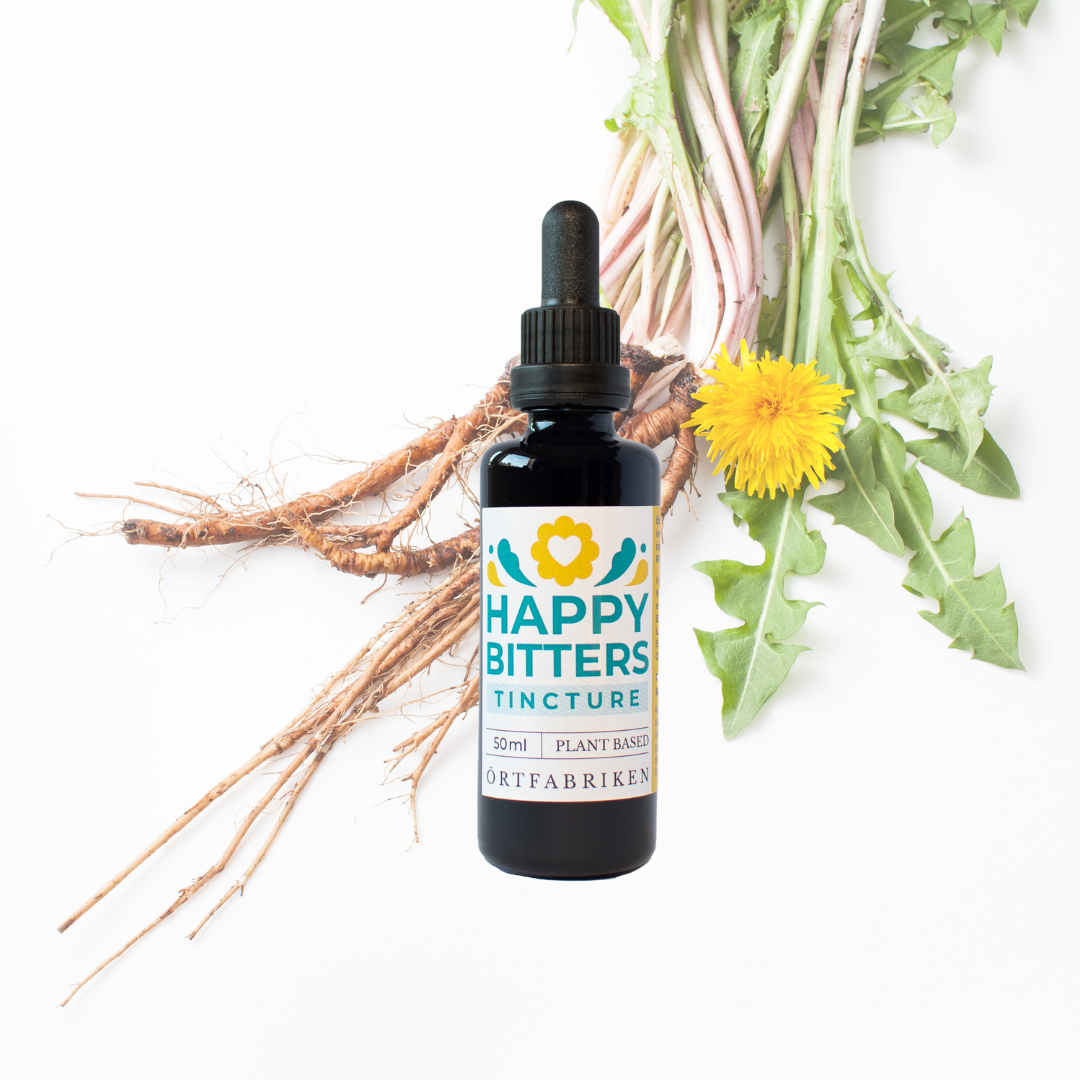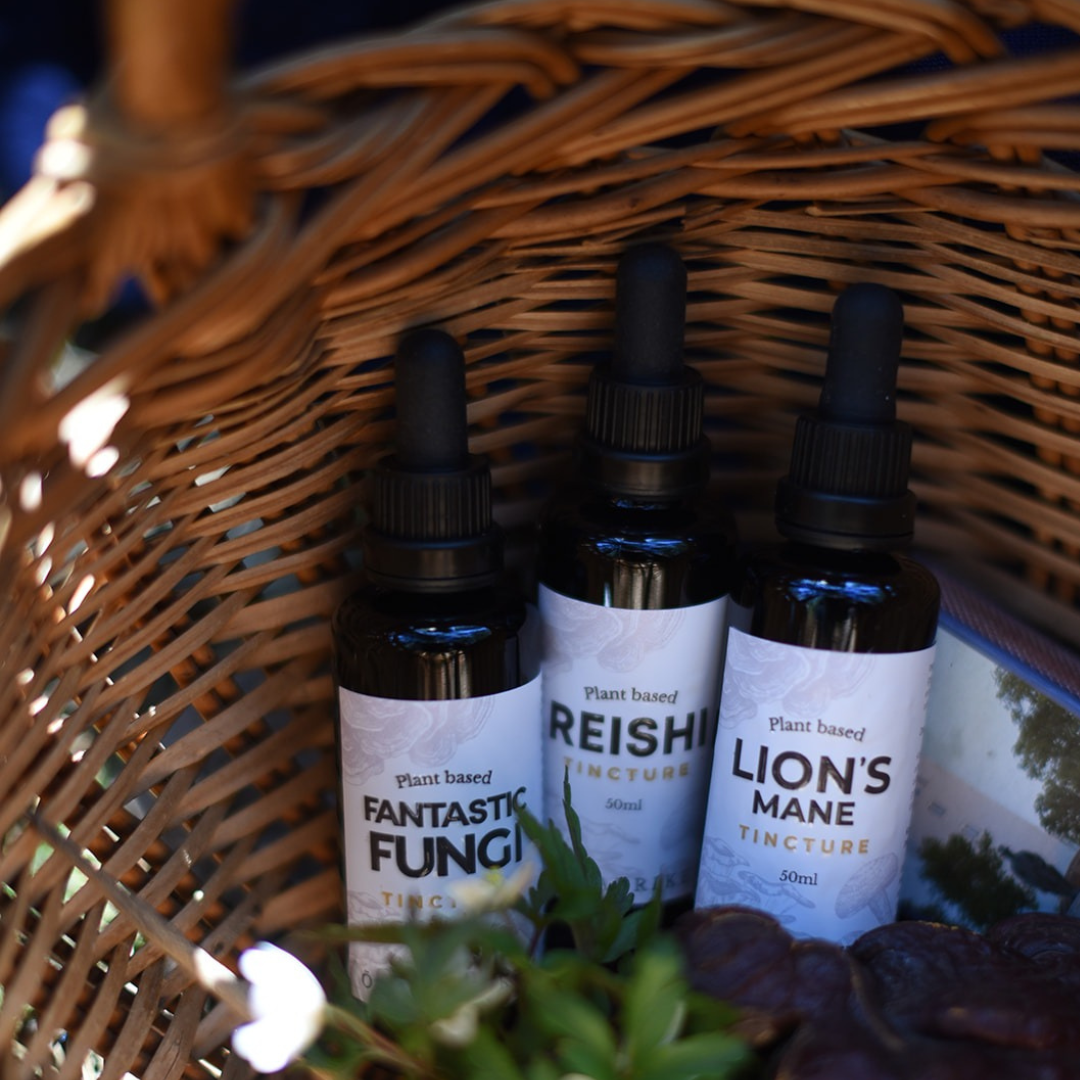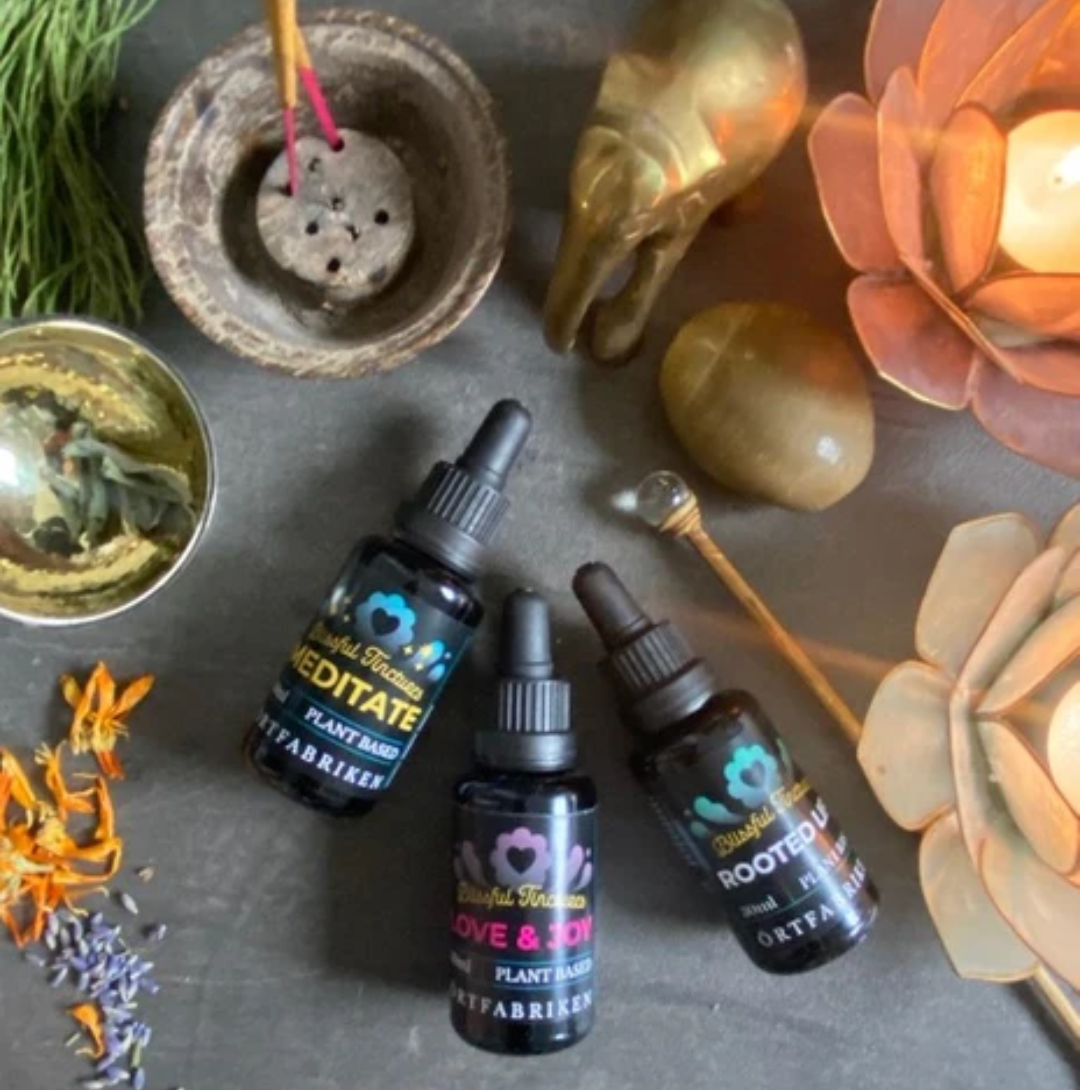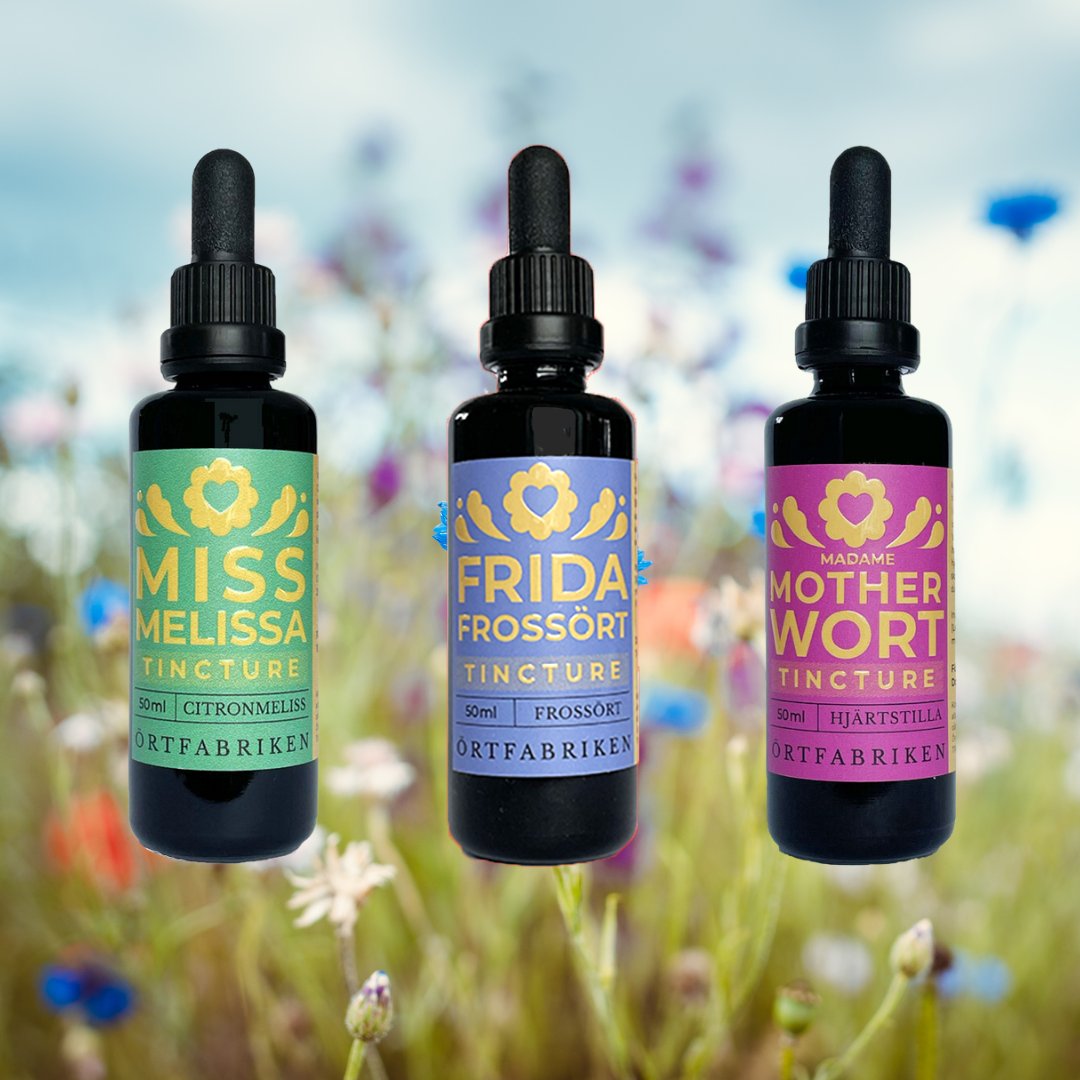Elk grass (Filipendula ulmaria) or elk herb?
Dela med en vän ♡
Have you used elk grass? Maybe elk grass in drops or elk grass as an infusion? Take the opportunity now to pick it and carry it with you into the darkness of winter.
Elk grass has a very special smell and taste. Have you tasted it? It seems that you either love it or hate it. For some, the taste is reminiscent of marzipan or, more specifically, Jenka chewing gum. We agree on that point.
Elk grass blooms profusely after midsummer and many people use the flowers to make juice. For clarity, elk grass is not poisonous. We have tried using elk grass in desserts. For example, as a flavoring in panna cotta. Once again, there were divided opinions among our guests. Some thought it was delicious, others got a slightly evasive look. If you don't have access to fresh elk grass, you can use dried herb instead.
As an herb, elk grass is probably best known for its salicylic acid content, which was originally used to develop aspirin. The active ingredient was first extracted from the plant in 1869. But when you delve deeper into elk grass, you will quickly see that its uses and what elk grass is good for are much broader than that.
In English, the herb is called Meadowsweet and has also been called "Queen of meadows". Poetic. Meadowsweet has a long tradition in European herbalism and is one of the most talked about wild plants.
But why is it called elk grass or, as it should perhaps be called, elk grass in Swedish?
First of all, it is not a grass, despite its name. It belongs to the rose family. Perhaps it got its name because moose love it? Rather, animals avoid this herb. One explanation, which you can read more about here , is that the name has probably been corrupted. Moose grass likes to grow in damp places, often where alders grow. Old names that describe this are alger grass.
Please tell us how you use elk grass and what you think of the taste and scent!

Vi tror du gillar dessa blogginlägg
-

Rosemary Gladstar | The Most Loving Herbalist of Our Time
-

Marigold season | Make your own marigold oil | DIY
-
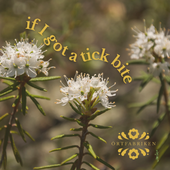
Så här skulle jag göra om jag fått ett fästingbett
-
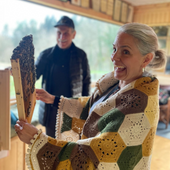
Apitherapy i Slovenien | Biodling 2.0
-

Lokalt producerad Hjärtstilla | Made in Sweden
-
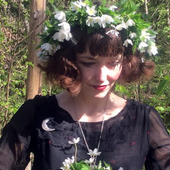
Örthändelser Sommaren 2025 | Workshops, Örtvandringar, örtkurser och retreat
-
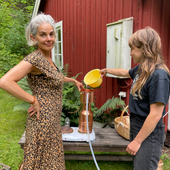
Distillation of essential oil and hydrolate | A magical process
-
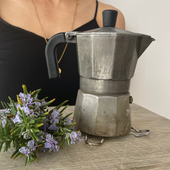
Gör eget Hydrolat med espressomaskinen | Recept Blomstervatten
-

Häxprocesserna i Sverige
-
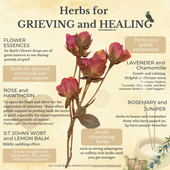
Herbs for grief and healing
-
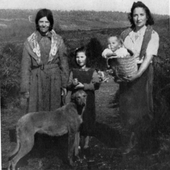
Juliette de Bairacli Levy | Iconic herbalist
